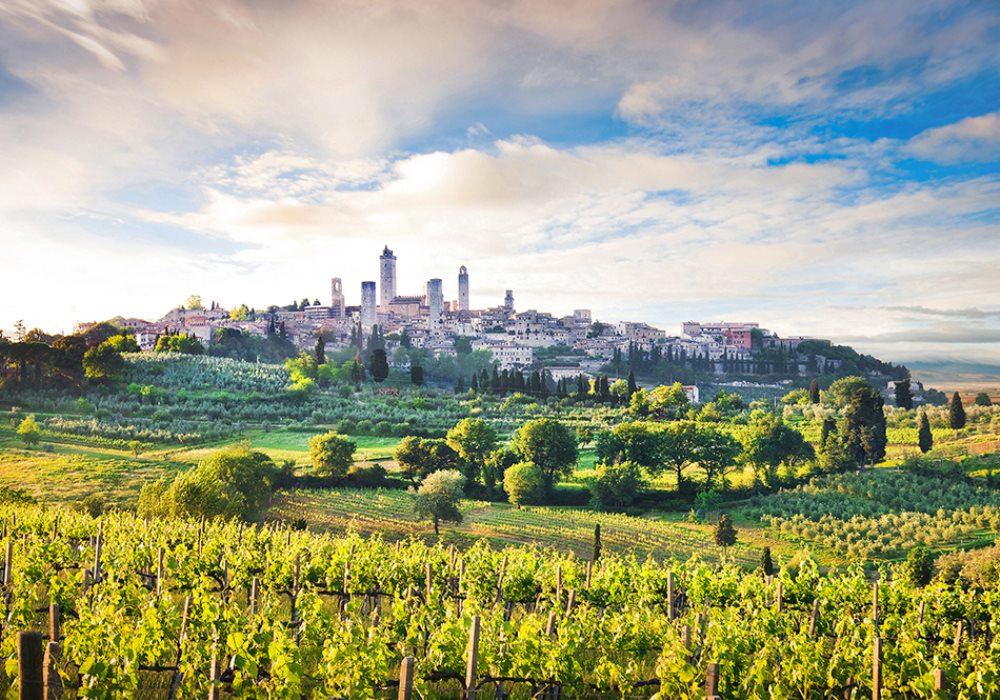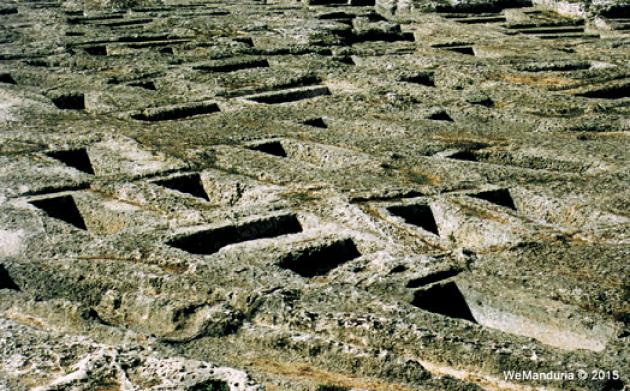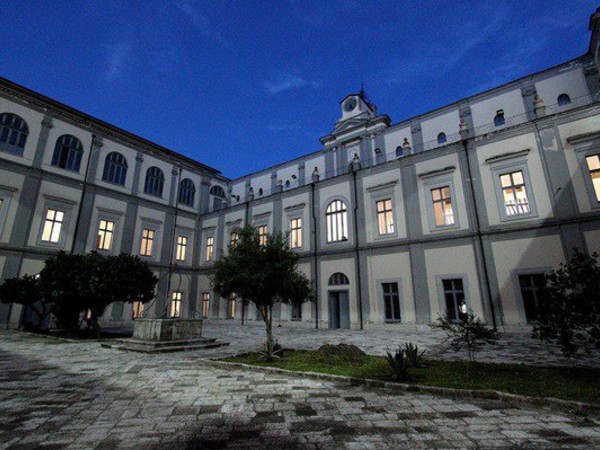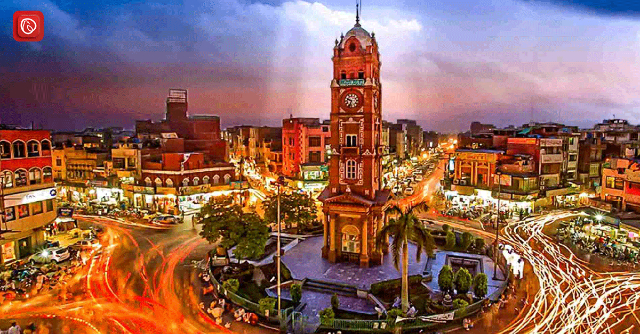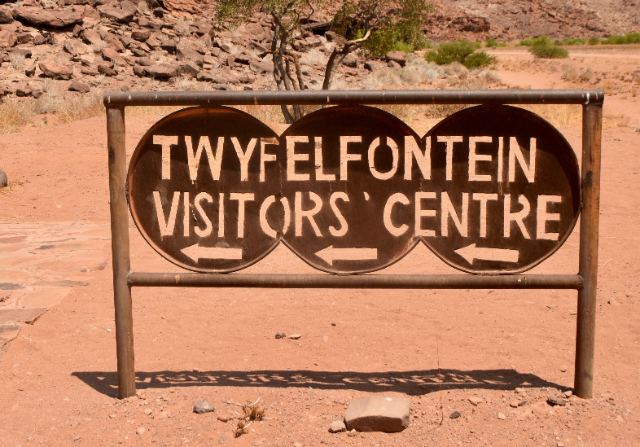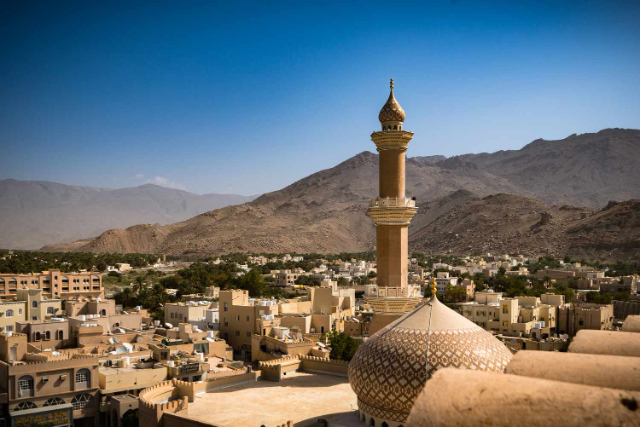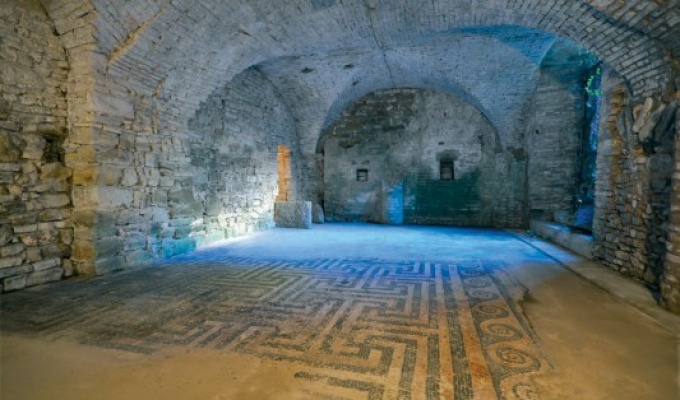In the most prosperous period, the wealthy families of San Gimignano came to build as many as 72 towers as a symbol of their wealth and power. Of these, 14 remain today, contributing to the city ‘s even more fascinating atmosphere.
Declared a UNESCO World Heritage Site in 1990, San Gimignano is one of the small gems of the province of Siena.
San Gimignano stands on an ancient Etruscan settlement around a parish church dating from the seventh century and a castle donated in 929 to the episcopate of Volterra; in the twelfth century it became a free commune. Its first city walls came into being in 998, a period when San Gimignano became a trading point along the Via Francigena. The pride of families enriched by trade led to the erection of 72 towers, (by law, however, none of these could exceed in height the tower of the commune, known as the Rognosa).
Ravaged by constant internal struggles between Guelphs and Ghibellines (in the spring of 1300 Dante Alighieri stayed here as ambassador of the Guelph League of Tuscany) and always at odds with neighboring Volterra, in 1343 it was subjugated by the Duke of Athens and in 1353 submitted defitively to Florence, subsequently following the fortunes of the Grand Duchy of Tuscany until 1860.
San Gimignano’s urban structure and numerous civil and religious buildings, which have remained almost intact, have allowed it to preserve its medieval physiognomy;
